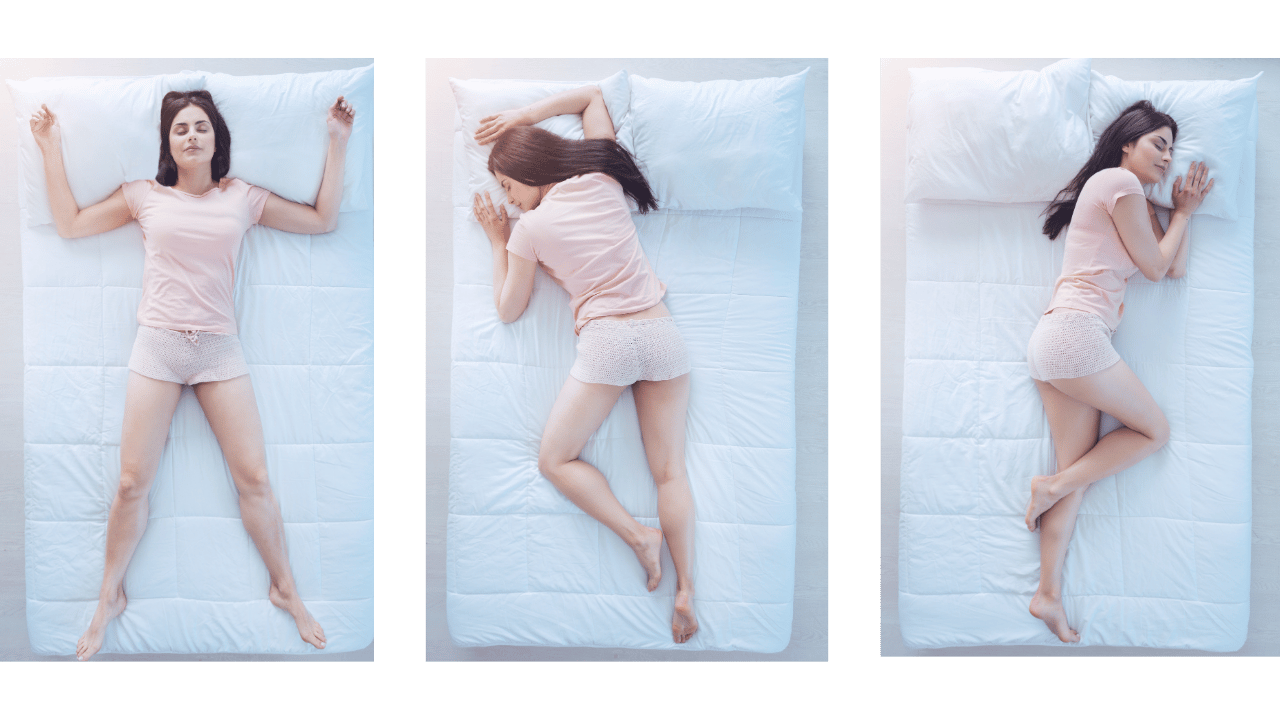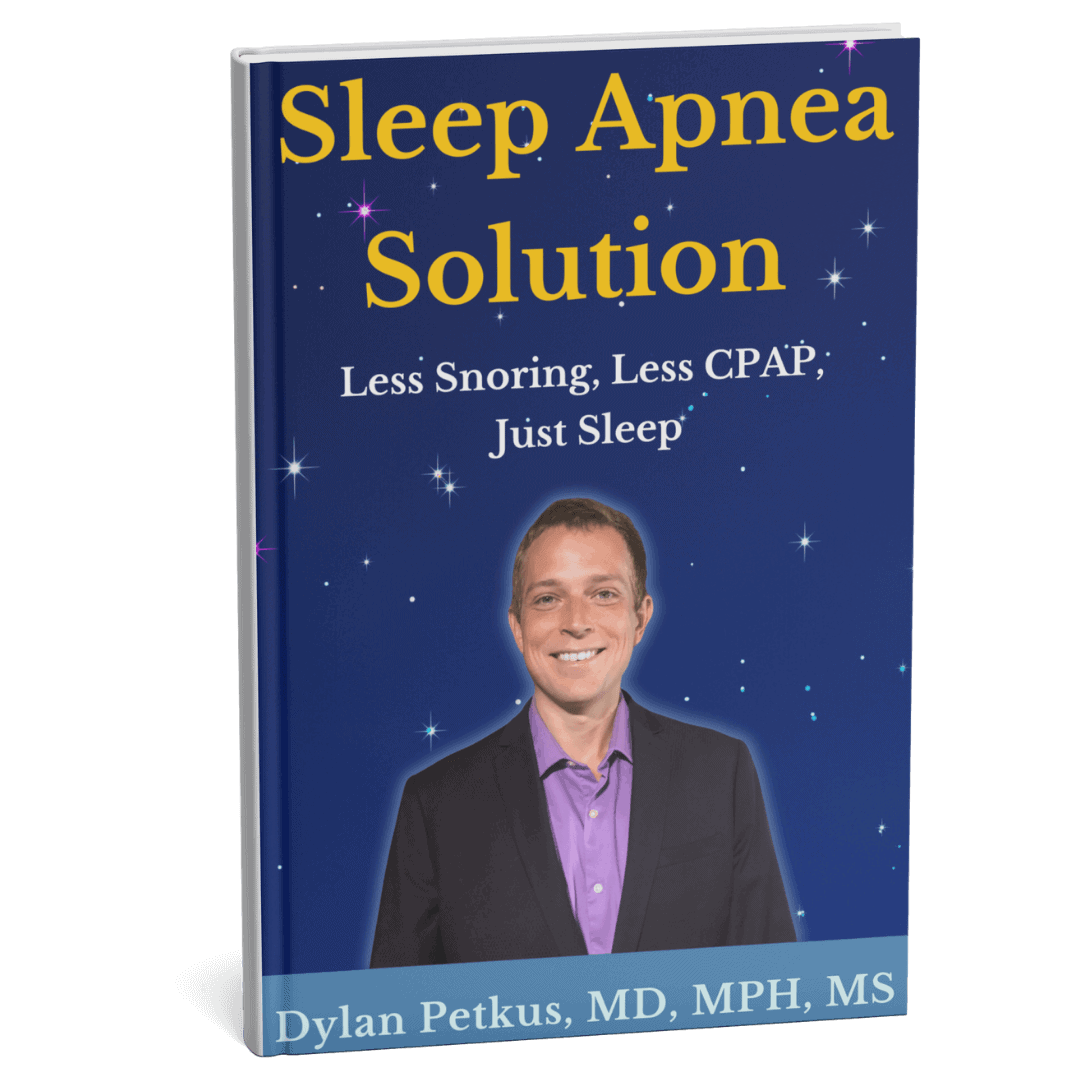
If you sleep on your back, you may be exacerbating your sleep apnea. This is because when you’re in the supine position, your tongue and the soft tissues in your throat are more likely to slump down and block your airway.
You may want to try adopting a non-supine sleep position, such as side sleeping. This position keeps your airway open and reduces your chances of airway obstruction while you snooze.
Avoiding sedatives for sleep apnea is a must because these substances can relax the muscles in your throat too much, which could worsen airway blockages. If you’ve been looking for natural home remedies for sleep apnea, there are various anti-inflammatory herbs to help sleep apnea.
A Range of Sleeping Positions
You may want to consider some sleeping positions over others. Let’s break them down:
- Supine position: A term used to describe sleeping on your back, the ‘supine position’ is one of the least effective positions for those struggling with sleep apnea. It can be great for neck or back pain, but it will likely worsen sleep apnea symptoms and could lead to an increased chance of acid reflux problems.
- The side-sleeping position can be a game changer for anyone with sleep apnea because it helps open airways and keep you from snoring. Using pillows to prop yourself up can make your side-sleeping experience ever better.
- Prone position: Usually one of the least recommended sleep positions, sleeping on your stomach can benefit those with sleep apnea. It may open up your airway and allow for better breathing, but it’s possible you could wake up with a sore neck or back.
- Combining positions: Some people switch between sleeping positions throughout the night. If you’re a combination sleeper, try zeroing in on side-sleeping for the best overall night of sleep. It’s important to be mindful of how frequently you sleep on your back as this could impact your sleep quality.

How to Transition Your Sleep Position
If you’ve slept on your back most of your life, it’s likely going to be hard to break that habit. Start slowly by making a conscious effort to fall asleep on your side every night.
Supportive pillows can also make a big difference. Body or wedge pillows can keep you from rolling onto your back, and side-sleeping-specific pillows support your neck and shoulders. Creating a comfortable sleep environment and consistently making the adjustments you need will help your body adapt over time. Keep in mind that persistence is key.
Managing Your Sleep Apnea
While changing your sleep position could provide you with some relief, it’s not the ultimate sleep apnea solution. To really put your sleep apnea symptoms to rest, you’ll need to tackle the root cause head-on. Make lifestyle changes through a healthier diet, reduced alcohol consumption, and modified sleep habits for the most impact.
If you want to turn your sleep struggles into a successful slumber, we’re here for you! Optimal Circadian Health has some fantastic tools that might help including the book The Sleep Apnea Solution; you can also access our sleep apnea assessment and CPAP freedom roadmap. Addressing the core issues of your sleep problems will help set you up for restful nights and more energized days!



